Introduction To Fully Integrated Voltage Regulators (FIVR) On Maximus VI
Fully Integrated?
In this generation's LGA1150 Core processor, Intel has moved the voltage regulation on-CPU. Previously this meant there were five separate input voltages the motherboard handled: Vcore, Vgpu, VCCSA, VCCIO, and the PLL; but now these are part of the CPU package itself. By integrating these, Intel can apply even more fine control to the power states, as on-die reactive latency is reduced. 
But I still see VRM's on your motherboards!
That's true, because an input voltage is still required. The PSU provides 12V, which needs to be stepped down and 'cleaned up' before it can be used by the CPU. It requires a single, very low ripple input voltage. While non-overclocking motherboards like the H87 and H81 series need no more than the standard number of VRMs as the maximum power requirements are exactly known, on Z87 overclocking motherboards the power use is still exponentially greater than normal. This means that premium quality and tightly regulated VRMs as still an essential part of the overclocking equation. A quality input voltage = a successful overclock. For the memory, its DDR3 is still the same as before (although with the new option to use DDR3L at 1.35V), so is controlled externally by the existing DIGI+ VRM system. The good news is that memory overclocking capacity on Haswell is better than ever, with 2,400MHz almost considered 'common' to K series CPUs.
Extreme Engine DIGI+ III
In order to provide a quality input voltage, inevitably a quality VRM system is required. On the Maximus VI series, the new Extreme Engine DIGI+ III handles this, covering both CPU and memory with a new set of tools that include NexFET MOSFETs, BlackWing chokes and 10k black metallic capacitors.
NexFET, BlackWing and 10k Black Metallic Caps
While the 10k black metallic caps are a roll over from the Maximus V and Rampage IV series, the NexFET's are a super-high efficient, fully integrated MOSFET package, and the 60 Amp BlackWing chokes are custom-designed for ROG (they have little ASUS logos on them!) where the exterior ripple design increases surface area for cooling. 
Active Frequency Mode
Another new addition is the Active Frequency Mode. Previously you could set a DIGI+ VRM frequency from 200~800Hz the VRMs would operate at, with higher frequencies giving a more reactive, but more power hungry system. Now ROG introduces an Active Frequency Mode that sets a range of VRM frequencies, depending on the current pull of the system. At low power modes the frequency is reduced to reduce the total power, but at high current pulls the frequency is increased to accommodate the needs of the overclock. We will detail more on the low-level workings of the ROG BIOS in future articles.
The Key Lesson: VCCIN = +0.4 VCore
Intel defines the VCCIN specification (called the 'Eventual CPU input voltage' in the ROG BIOS) in relation to CPU Vcore as follows:
- Less than 0.4V - not recommended. Instability is almost guaranteed
- 0.4V - ideal value
- 0.4-0.6V - general 'OK' range
- Above 0.6V - not recommend as long-term damage can occur
- Generally speaking, higher VCCIN can cause a higher CPU temperature
As all 5 internal power rails are pulled from the single VCCIN, below 0.4V difference is not recommended as high loading on the;input voltage will cause a voltage drop that can lead to it being lower than the internal voltages. This will cause the system to lock-up. Above the safe range can cause long-term damage due to a larger than necessary potential difference. This is the same reasoning why DDR3 voltage should not exceed 1.5V, as the CPU Uncore can be damaged. Due to the small voltage difference, the Maximus VI Extreme now has 8 Steps of VCCIN Load-Line Calibration, up from 5 in the previous generation, to more accurately moderate its VCCIN according to detected loading. Why is this foundation info important? Find out in Part 2 soon.
Author
Popular Posts

Prepare for Tandem OLED splendor with these new ROG gaming monitors

How to adjust your laptop's P-Cores and E-Cores for better performance and battery life
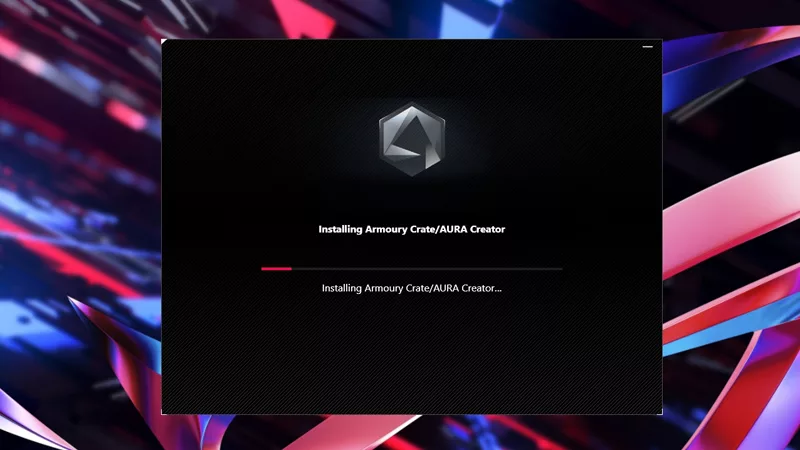
How to Cleanly Uninstall and Reinstall Armoury Crate
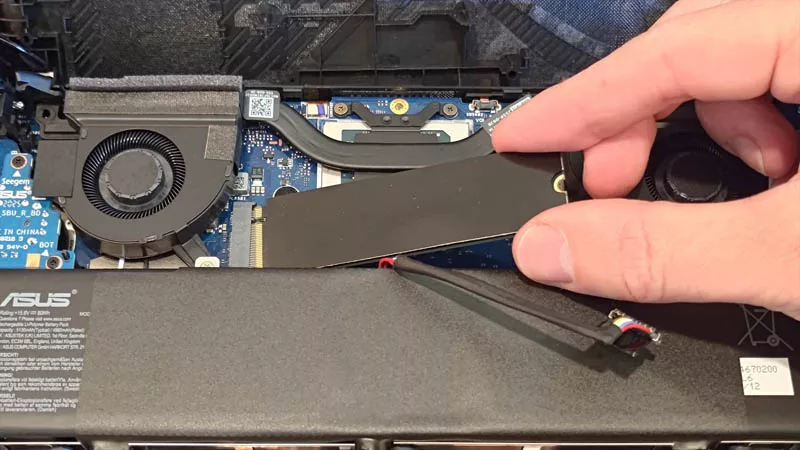
How to upgrade the SSD and reinstall Windows on your ROG Ally, ROG Xbox Ally, or ROG Xbox Ally X
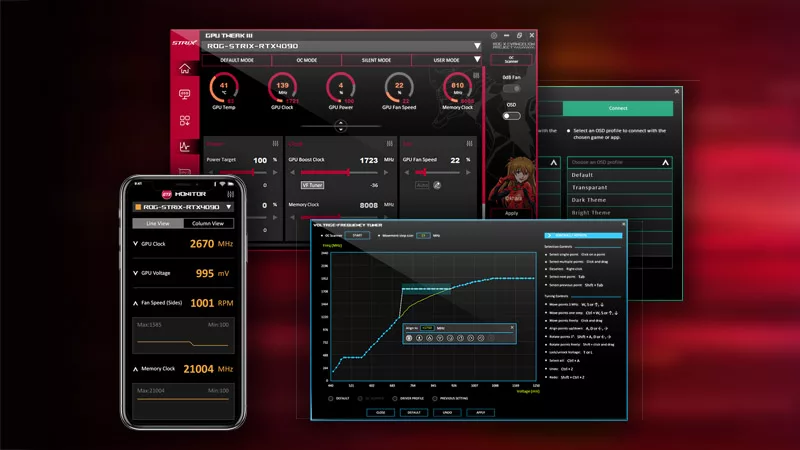
ASUS GPU Tweak III: The ultimate tool for advanced GPU tuning
LATEST ARTICLES
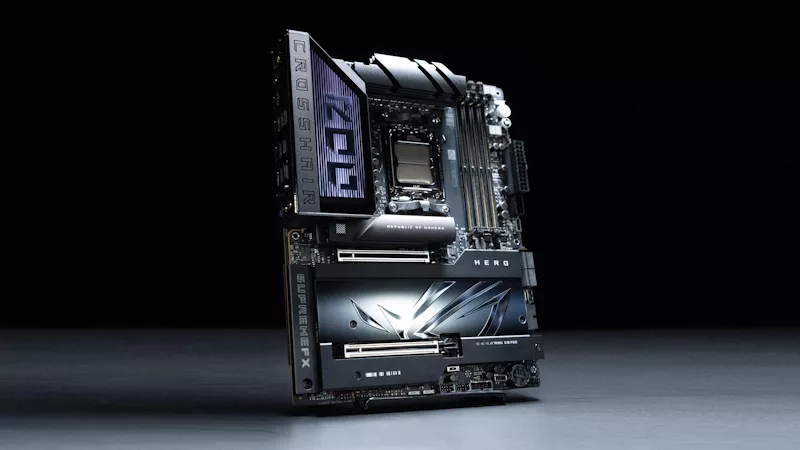
ROG Strix vs Extreme vs Apex vs Hero: What's the difference between ROG gaming motherboards?
When we launch a new generation of motherboards, we don’t just design one model and expect it to meet everyone’s needs. We give you a broad range of options from our ROG Maximus, Crosshair, and Strix lineups so that you can find the board for your next build.
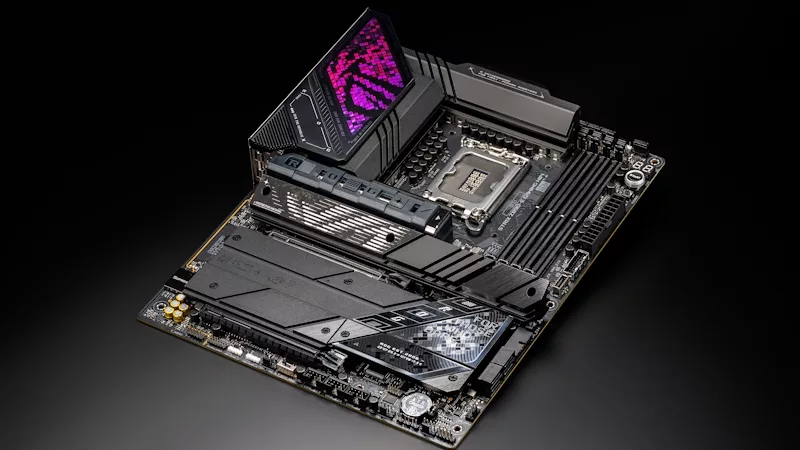
Install up to seven M.2 SSDs on one motherboard with new ROG M.2 PowerBoost tech
Here's how ROG M.2 PowerBoost allows you to install more M.2 drives in one system while enjoying more stable performance.
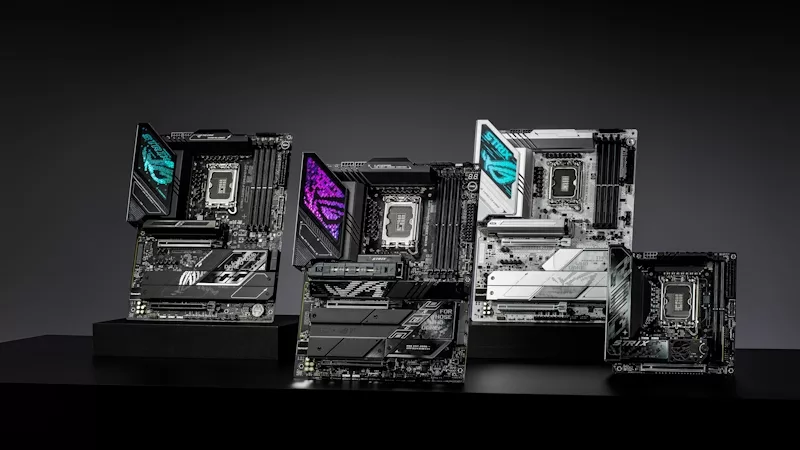
ROG Z890 motherboard guide: meet the new contenders for your next gaming rig
New ROG Maximus and ROG Strix Z890 motherboards stand ready for your Intel Core Ultra (Series 2) CPU.
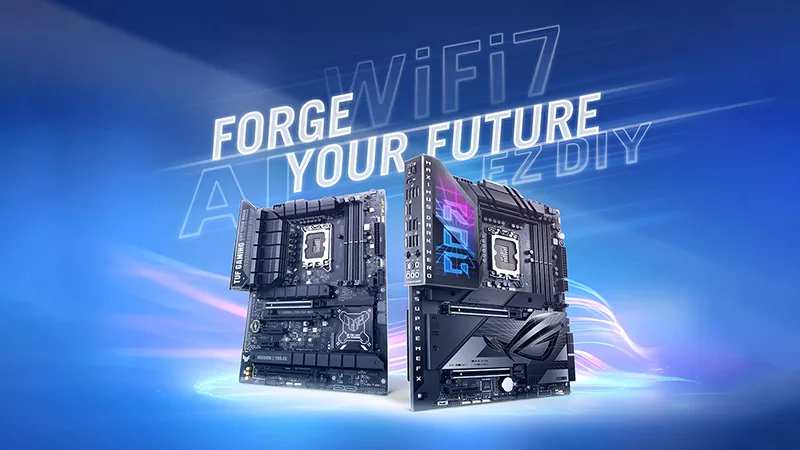
New Z790 motherboards from ROG pave the way for 14th Gen Intel Core CPUs
WiFi 7 support, more fast storage, front-panel device charging, intelligent controls — our latest Z790 motherboards have it all.
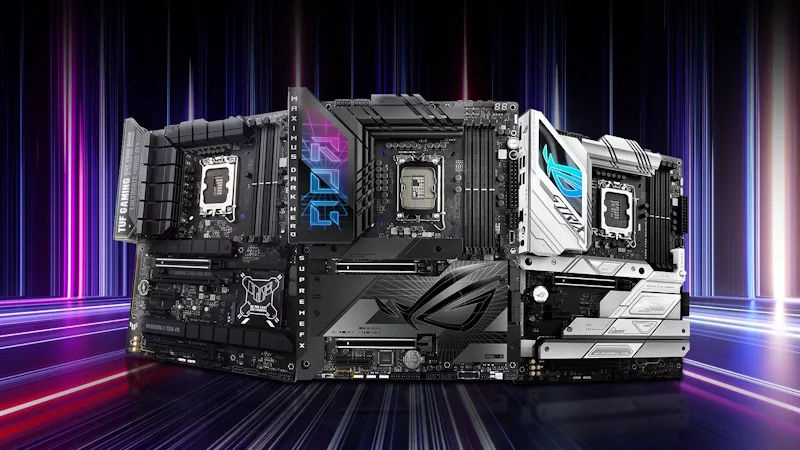
New Z790 motherboards from ROG pave the way for next-gen Intel Core CPUs
WiFi 7 support, more fast storage, front-panel device charging, intelligent controls — our latest Z790 motherboards have it all.
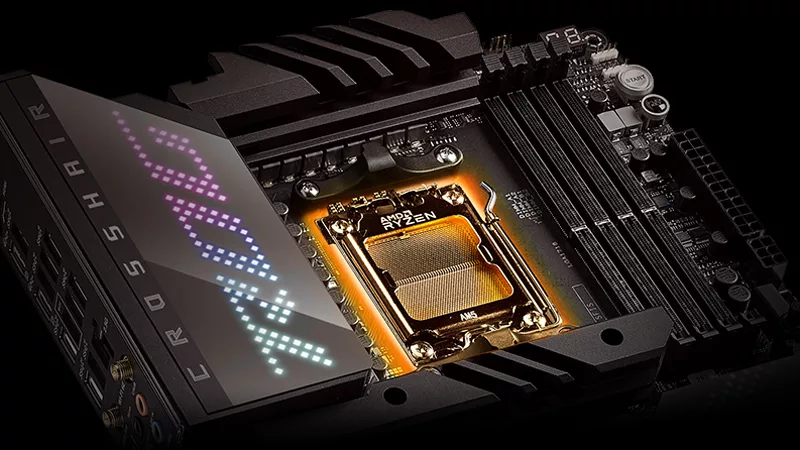
The best motherboards for a Ryzen 9 7950X3D CPU from ROG and TUF Gaming
AMD has released two new processors with 3D V-Cache technology: the Ryzen 9 7950X3D and the Ryzen 9 7900X3D. ROG and TUF Gaming X670 motherboards will provide a rock-solid foundation for these new top-tier chips.